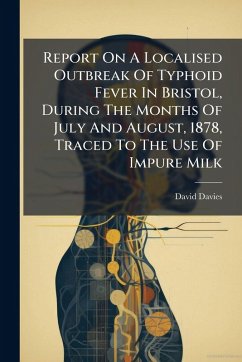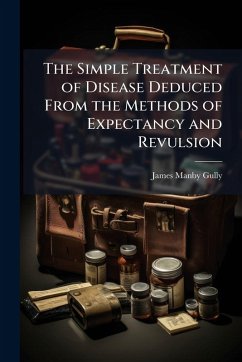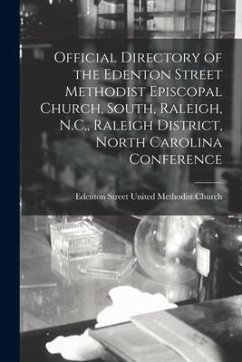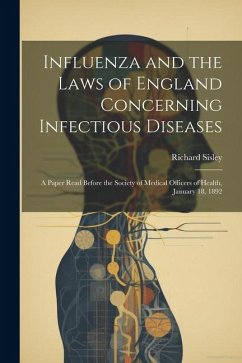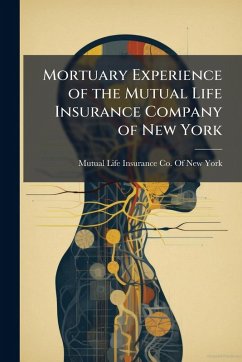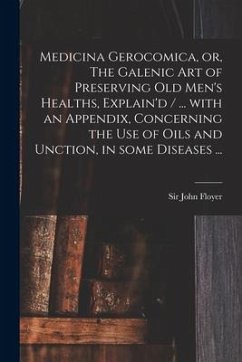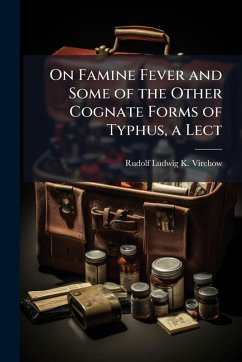
Certain Conclusions Concerning Typhoid Fever In The South, As Deduced From A Study Of Typhoid Fever In Richmond, Va

PAYBACK Punkte
7 °P sammeln!
"Certain Conclusions Concerning Typhoid Fever In The South" presents a detailed examination of typhoid fever, focusing on insights derived from a study conducted in Richmond, Virginia. Authored by Ernest Coleman Levy and Allen Weir Freeman, this work delves into the epidemiological characteristics of the disease, exploring its prevalence and impact within the Southern United States during the late 19th and early 20th centuries. The study offers valuable perspectives on public health strategies and challenges related to typhoid fever. It highlights the importance of sanitation and hygiene pract...
"Certain Conclusions Concerning Typhoid Fever In The South" presents a detailed examination of typhoid fever, focusing on insights derived from a study conducted in Richmond, Virginia. Authored by Ernest Coleman Levy and Allen Weir Freeman, this work delves into the epidemiological characteristics of the disease, exploring its prevalence and impact within the Southern United States during the late 19th and early 20th centuries. The study offers valuable perspectives on public health strategies and challenges related to typhoid fever. It highlights the importance of sanitation and hygiene practices in mitigating the spread of infectious diseases. Readers interested in medical history, epidemiology, and the evolution of public health policies will find this study particularly enlightening. It serves as a crucial record of the medical landscape of the time, providing insights into the ongoing battle against infectious diseases. This work has been selected by scholars as being culturally important, and is part of the knowledge base of civilization as we know it. This work was reproduced from the original artifact, and remains as true to the original work as possible. Therefore, you will see the original copyright references, library stamps (as most of these works have been housed in our most important libraries around the world), and other notations in the work. This work is in the public domain in the United States of America, and possibly other nations. Within the United States, you may freely copy and distribute this work, as no entity (individual or corporate) has a copyright on the body of the work. As a reproduction of a historical artifact, this work may contain missing or blurred pages, poor pictures, errant marks, etc. Scholars believe, and we concur, that this work is important enough to be preserved, reproduced, and made generally available to the public. We appreciate your support of the preservation process, and thank you for being an important part of keeping this knowledge alive and relevant.



